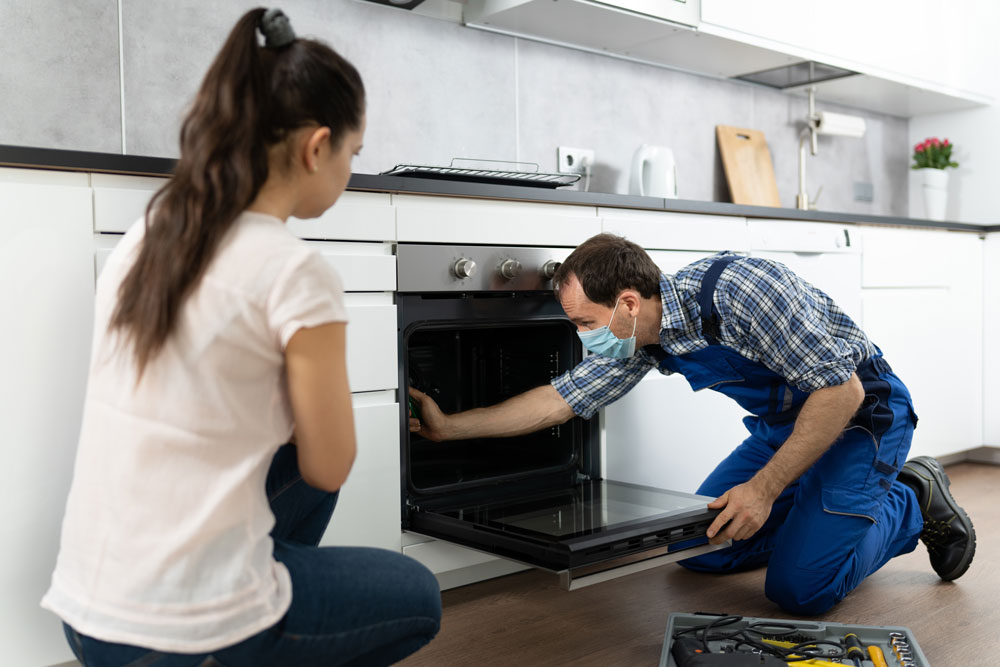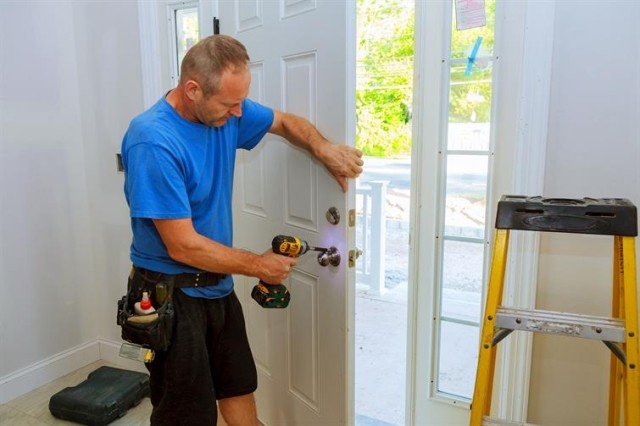Immediate Solutions for Plumbing Issues in Rental Properties
Immediate Solutions for Plumbing Issues in Rental Properties
Blog Article
The publisher is making a few good points regarding How can you handle tenant plumbing issues effectively as a whole in the content directly below.

Managing plumbing issues in rental residential properties efficiently is important for keeping tenant fulfillment and maintaining the property's value. Whether you're a property manager or a property manager, understanding exactly how to resolve these common problems can save you time and money while guaranteeing conformity with legal responsibilities. Here's a step-by-step guide on exactly how to deal with pipes concerns in rental residential or commercial properties.
Develop Clear Interaction
Motivate lessees to report any kind of pipes concerns as soon as they occur. Offer numerous communication channels such as phone, e-mail, or a lessee site to make it easy for them to connect. Prompt feedbacks to these reports can protect against minor issues from escalating right into major issues.
Enlighten Renters
Inform your tenants regarding what comprises a plumbing emergency and what does not. Give guidelines on how to handle small concerns themselves, such as making use of a plunger to unblock a bathroom. Likewise, inform them about what they need to stay clear of taking down drains to prevent obstructions, such as oil, coffee grounds, and non-biodegradable items.
Normal Upkeep
Carry out a routine upkeep timetable for all plumbing systems in your leasing residential properties. Routine checks can help recognize and solve problems like leaks, slow-moving drains, or corroded pipelines before they become significant. Consider employing a specialist plumber to examine the residential properties annually or semi-annually.
Quick Action to Emergency Situations
Have a plan in place for responding to plumbing emergencies. This must consist of having the call details of dependable plumbing services that provide 24/7 emergency situation repair services. Quick activity is vital to minimize damage in scenarios like ruptured pipelines or severe leakages.
Document Everything
Keep detailed records of all reported plumbing issues and the actions required to settle them. Documentation should consist of days, summaries of the trouble, interaction with occupants, and receipts from specialists or plumbers. This info can be critical for insurance cases, tax obligation deductions, and legal defense.
Usage Qualified Professionals
Always utilize qualified and insured professionals for considerable pipes repairs and installations. This ensures that the work depends on code and can aid stay clear of obligation issues in case of accidents or more damages. It likewise assures tenants that repairs are being taken care of skillfully.
Understand Legal Responsibilities
Recognize your lawful obligations regarding pipes and general building maintenance. Many territories call for landlords to ensure their residential properties are habitable which all pipes systems are in good working order. Failure to deal with severe concerns without delay can result in legal actions from tenants.
Occupant Reimbursements
If a pipes problem calls for instant attention and the occupant deals with the concern on their own, have a clear plan in place for compensating expenses. Make certain occupants know they must obtain prior approval for higher-cost fixings unless it's an absolute emergency situation.
Preventive Upgrades
Consider updating older pipes systems and fixtures to extra modern, reliable models. This can minimize the regularity and seriousness of pipes issues and lower lasting maintenance expenses. It's additionally a selling factor for potential occupants who value upgrades and contemporary attributes.
Tenant Move-Out Inspections
Conduct extensive pipes checks during move-out assessments to make certain that any problems are recognized and addressed before a brand-new lessee moves in. This avoids conflicts with brand-new tenants over pre-existing problems and ensures the home remains in leading problem.
Conclusion
Dealing with pipes problems in rental buildings requires a proactive method and great interaction with lessees. By remaining on top of upkeep, responding promptly to emergencies, and utilizing certified professionals, landlords can keep their residential or commercial properties in exceptional condition and preserve great connections with occupants.
How to Handle Water Damage in a Rental Property
What is Water Damage?
Water damage is harm or destruction caused by water entering areas where it is not supposed to be. It can be caused by a variety of sources and can manifest in different ways. The most common examples of water damage include:
Leaking roof Plumbing leaks Appliance malfunctions Poor drainage Flooding Sewage backup Condensation Tenant negligence HVAC system issues Frozen pipes Is water damage dangerous?
Water damage itself is not inherently dangerous, but it can lead to various hazards and health risks if not promptly and properly addressed. The severity of these risks depends on the extent of the water damage, the source of the water, and how quickly it is mitigated.
Some potential dangers associated with water damage include structural damage, mold and bacterial growth, electrical hazards, water contamination, and pest infestations. In situations where mold and mildew have gone unaddressed, mold can start to develop within 24-48 hours of water exposure, and this can impose a serious health risk to tenants. In particular, mold spores and damp conditions can lead to respiratory issues and even make existing health problems worse, such as allergies, asthma, or immune disorders.
Water Damage in an Apartment - Who is Responsible?
If the water damage is caused by the tenant’s negligence, the tenant is responsible for the cost of repairs. If the water damage is caused by a defect in the property, the landlord is responsible for the cost of repairs. If the water damage is a result of natural causes, such as excessive rain, then the landlord is responsible, since the water intrusion likely occurred due to a defect in the property. Landlord Responsibility water damage in rental property
Since maintaining habitability is the landlord’s legal responsibility, landlords are responsible for any resulting structural damage caused by water damage. These structural damages may include damage to walls, roofs, ceilings, and flooring. If water damage has affected the rental property’s original structure, the landlord is responsible for repairing or replacing those materials. Therefore, landlords should have property insurance that covers the structural components of their rental property so that they can receive help with the costs of covered events.
Preventative measures can also help landlords avoid massive renovations. Preventative maintenance may include conducting regular inspections to identify and address potential water damage before it becomes a major and urgent problem.
If a landlord fails to meet their responsibilities regarding water damage, it can lead to legal disputes and potential liability. Tenants who believe their landlord is not addressing water damage issues in accordance with California law can seek legal advice or contact local housing authorities for assistance.
https://www.goodlifemgmt.com/blog/water-damage-in-a-rental-property/

Hopefully you enjoyed our excerpt about How can you handle tenant plumbing issues effectively. Thanks a lot for taking a few minutes to browse our article. Are you aware of another individual who is very much interested in How to Handle Plumbing Issues in Your Rental Property? Take a moment to share it. Thanks for your time spent reading it.
Report this page